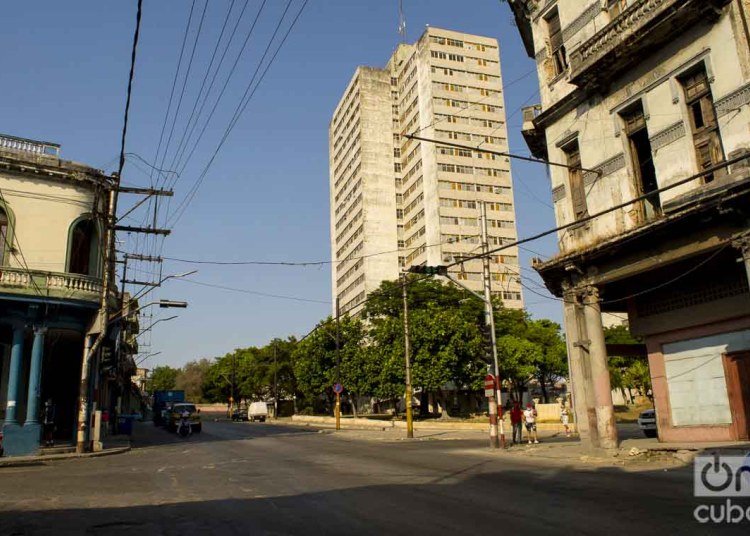The COVID-19 yesterday added 48 new infections in Cuba and three deaths, according to the report by the authorities of the Ministry of Public Health (MINSAP) on Wednesday morning. The total number of patients now is 814 and the number of deceased rose to 24 since the pandemic got to the island.
The report, as usual presented by Dr. Francisco Durán, director of epidemiology of MINSAP, asserts that of the 48 new confirmed cases, 47 correspond to Cubans, and one to a foreigner (United States). Of this group, 38 were contacts of confirmed or suspected cases, while the source of infection of 10 is being investigated.
Se confirmaron 48 nuevos casos de 1 684 pruebas realizadas, para un acumulado de 814 casos en #Cuba.
▪ 622 con evolución clínica estable
▪ 8 pacientes en estado crítico
▪ 7 pacientes en estado grave
▪ 24 fallecidos
▪ 151 altas
▪ 2 evacuadoshttps://t.co/qP9Xv3sRJT pic.twitter.com/n4LPmMrA42— Ministerio de Salud Pública de Cuba (@MINSAPCuba) April 15, 2020
Women predominate (26, 54.1%) over men (22, 45.8%) and it is worth highlighting again that 41.6% (20) of the positive cases were asymptomatic, while the most affected age groups were: 40 to 60 years old with 52% (25), and those under 40 with 29% (14). Eighty-one percent of new infections are concentrated in these two age groups.
The residence by province and municipality of the cases confirmed today is as follows:
- Pinar del Río: 1 (from Pinar del Río municipality).
- Artemisa: 1 (from Bauta municipality).
- Havana: 33 (from Plaza de la Revolución municipality, 7; Habana del Este and Cerro, 5 each; San Miguel del Padrón, 4; Centro Habana, Boyeros, Guanabacoa and La Lisa, 2 each; Old Havana, Marianao, Arroyo Naranjo and Regla, 1 each).
- Mayabeque: 4 (from the municipality of San José de las Lajas, 3; and Madruga, 1).
- Matanzas: 1 (from Matanzas municipality).
- Sancti Spíritus: 3 (from the municipality of Cabaiguán, 2; and Taguasco, 1).
- Ciego de Ávila: 3 (from the municipality of Ciego de Ávila, 2; and Florencia, 1).
- Guantánamo: 2 (from the municipalities of Guantánamo and Baracoa).
The three deceased are:
A 68-year-old Cuban woman, hospitalized in the Pedro Kourí Institute of Tropical Medicine. She had a history of high blood pressure and recent upper GI bleeding. She spent 11 days in intensive care, where she developed clinical and radiological deterioration, not responding to the measures taken.
Another Cuban, 66 years old, a resident in Boyeros municipality, Havana. He had a history of hypertension, diabetes mellitus and adrenal cortical insufficiency. Admitted to the Salvador Allende Hospital, he spent 14 days in intensive care and developed radiological clinical deterioration, not responding to the therapeutic measures.
The third case is also a Cuban citizen, 88 years old, who resided in Plaza municipality, Havana. He had a history of chronic obstructive pulmonary disease, hypertension and terminal prostate cancer. His torpid evolution led to his death.
Of the 814 patients diagnosed with the disease, 622 present stable clinical evolution.
The MINSAP briefing reports two evacuees and 151 discharges (19 more yesterday). It also highlights that eight patients remain in critical condition and seven in serious condition.
At the close of yesterday, April 14, a statistical cut by the MINSAP, 2,466 patients were admitted to hospitals for clinical epidemiological surveillance, while another 6,572 people were under surveillance in their homes through the primary health care system.









